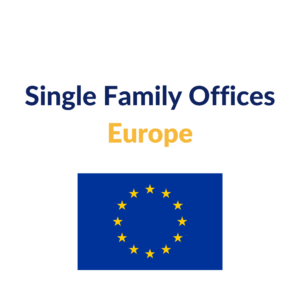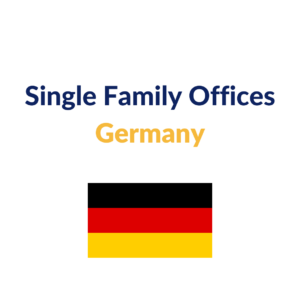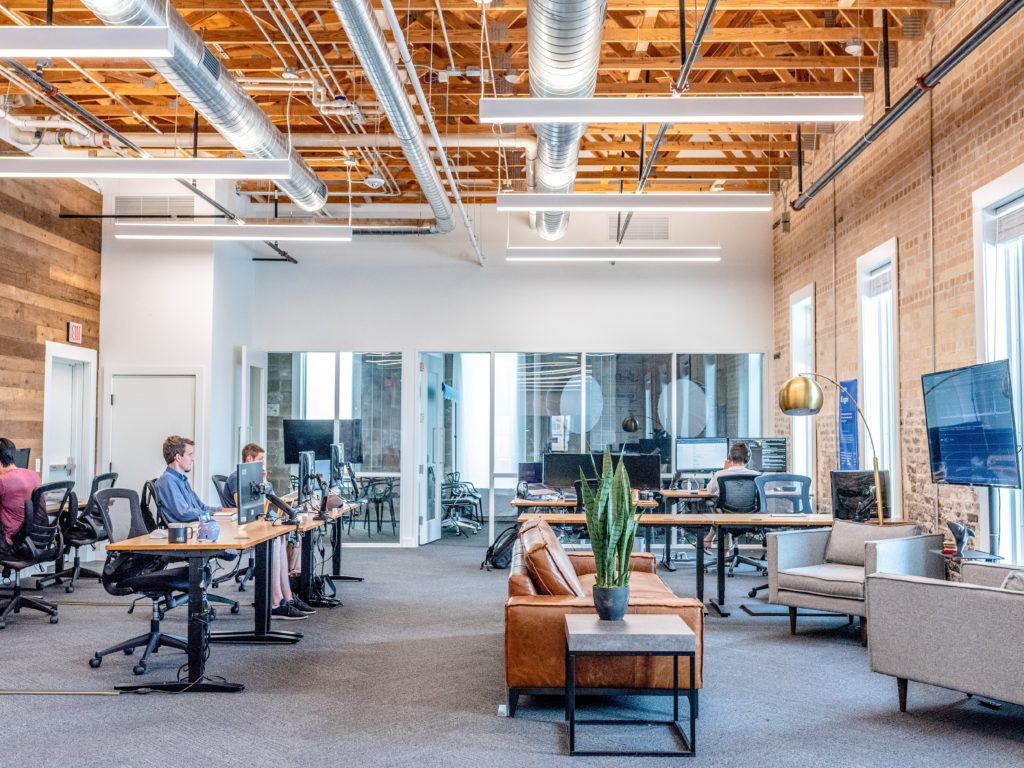-
Rated 4.63 out of 5€999,99 including VAT
-
Rated 5.00 out of 5€599,99 including VAT
This article directly stems from the research process for our European single family office database. Our list of European single family offices includes the most important family investment vehicles that invest in various areas, such as financial markets, real estate, venture capital, private equity and renewables.

How did the Boehringer / von Baumbach family earn their fortune?
The fortune is stemming from the global pharmaceutical company Boehringer Ingelheim one of the leading pharma companies worldwide. The company is one of the leaders in animal healthcare and offers a range of medicine especially regarding respiratory diseases. The company is still today private and not listed at the stock exchange. It made in 2018 a profit of 2.1 billion euros and reported revenue of almost 17,5 billion euros. More than 50.000 people are employed globally at the company. The revenues stem predominantly from human medicine (72%) and nearly a quarter from medicine for animals (23%). It was found by Albert Boehringer in 1885 in Ingelheim, therefore, the name Boehringer Ingelheim. His father found in 1817 the drugstore Boerhinger in Stuttgart which later became the different chemical company Boehringer Mannheim operated by his brother but sold to the Engelhorn family. Boehringer Ingelheim was a company of a bit more than 20 people at the beginning selling tartar and derivate products. Today the fortune of the family clan of the Boehringer von Baumbachs is estimated, according to Handelsblatt with 42,4 billion euros in the last year.
How did Boehringer Ingelheim develop?
One of their first commercially super successful inventions was to produce lactic acid in great quantities with the help of a special type of bacteria. This was sold in the beginning as baking powder. Another successful prewar product was a lemonade called Chabeso based on lactic acid, which was produced internationally but did not survive the fierce competition after the second world war, that is why it was discounted in the 1960s. The first actual pharmaceutical for what they are known today was called Laudanon, and was an opium-based pain killer in 1915. In the following decades they produced coffein, morphin and codein as raw materials for pharmaceuticals, and expanded internationally by opening their first international branch in Vienna, still today responsible for all Eastern Europe and Central Asia. The next milestone and still one of the strongest segments of the company, was research about medication for respiratory diseases. It started with the commercialisation of Lobelin in 1923 which was a drug to battle respiratory arrest. A lot of other medicaments followed mostly in the area of cardiovascular diseases or the previously mentioned respiratory malfunctions. Further famous medicaments were the 1950 commercialised Buscopan tackling all kind of stomach cramps. Today their best selling drugs are Pradaxa which helps to prevent blood clots and Spiriva which is to tackle respiratory diseases. Number three and four in the ranks of top-selling drugs both are medicating Diabetes, one of the diseases most heavily affecting the developed countries in the 21st century. Their latest bold management move was a swap with Sanofi, where Boehringer Ingelheim swapped their branch of over the counter drugs for humans against the veterinary division of Sanofi, strengthening their profile in the animal medicine market. They are among the companies with a very strong profile in research. Their annually budget for R&D is around three billion euros. Currently, apart of animal health, a big focus of Boehringer Ingelheim is the whole range of biomedicine, manifested for example through the acquisition of the Austrian biotech company ViraTherapeutics for 210 million euros last year. Another investment made in Austria in the same field is the production facility for cellular culture in Vienna for 700 million euro, the greatest investment ever made by the company.
Does the Boehringer family have a Single Family Office?
Yes they do, and it is called Profunda. They were able to attract several high profile asset manager, tax managers among others. Unfortunately very little is known what is the focus and the investment strategy of this prestigious high-value single family office. Another highly qualified member of their single-family office, Sven Bäumle became later a partner at KPMG, showing the high dedication and quality with which they are managing their assets. About the asset management strategy of concrete acquisitions purchased by PROFUNDA for the Boehringer von Baumbach family is nothing publicly known, neither about the classes of assets. According to the private banking magazin, the chairman of the supervisory board, Christian Boehringer was the victim of a case of art fraud, where an art consultant overcharged purchases of paintings and other luxury assets.
This article is part of our detailed report “The single family offices of Europe’s richest families“.
Picture source: freestocks.org





